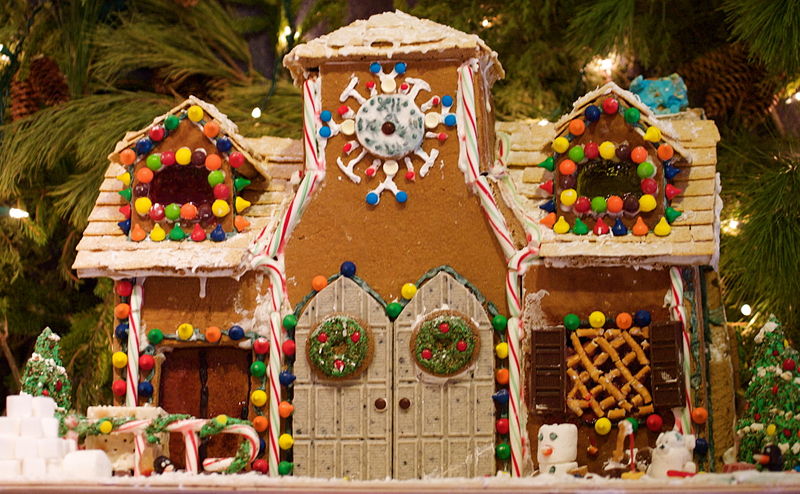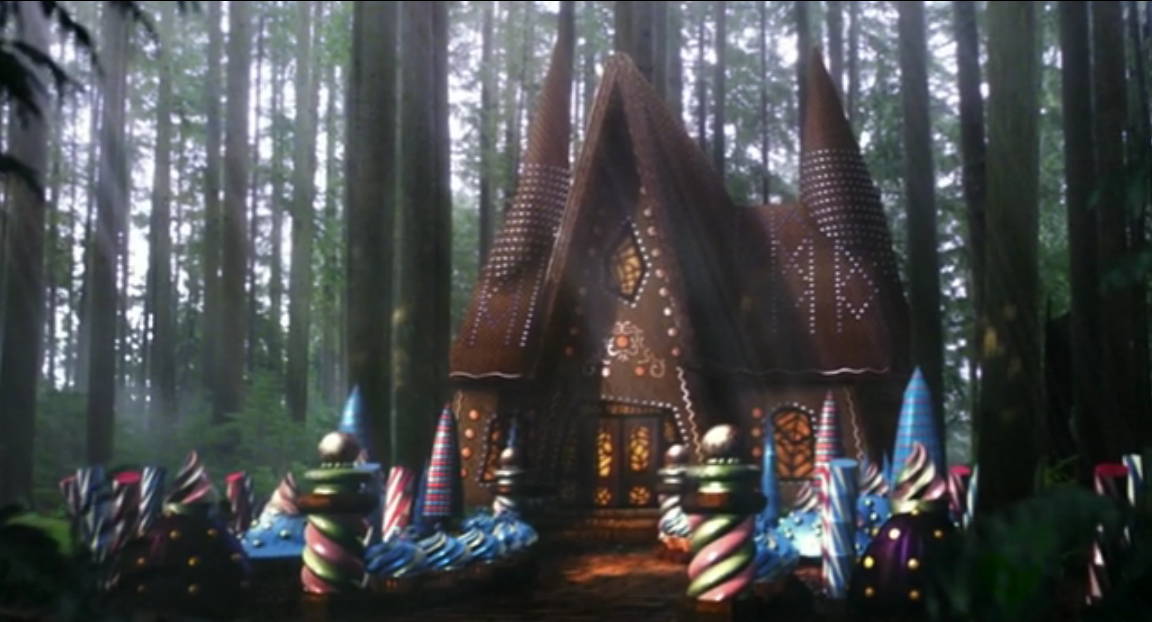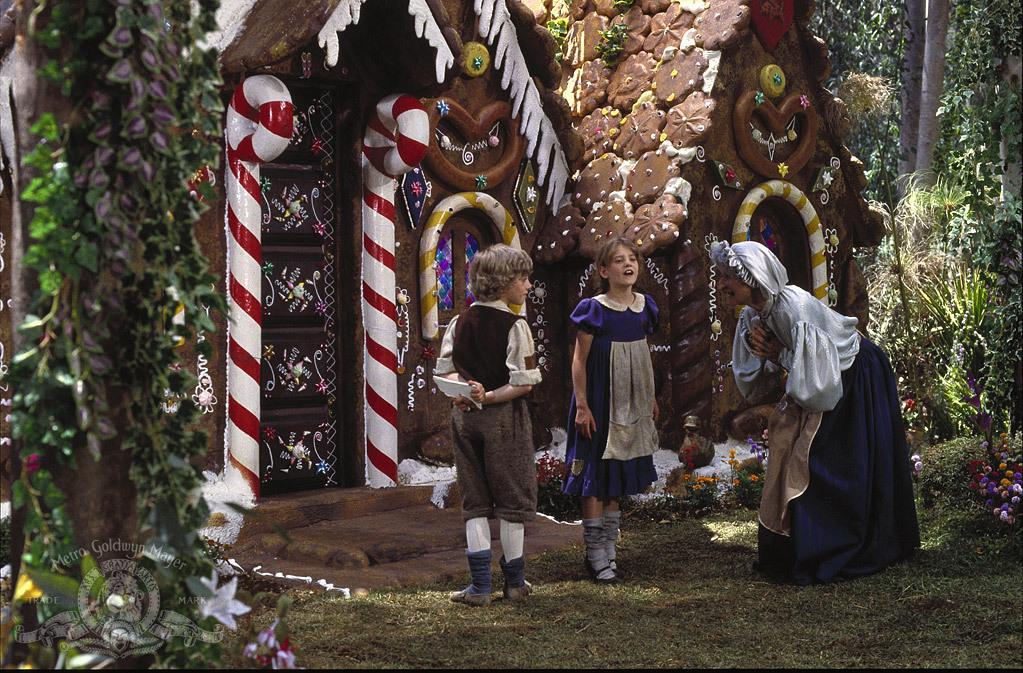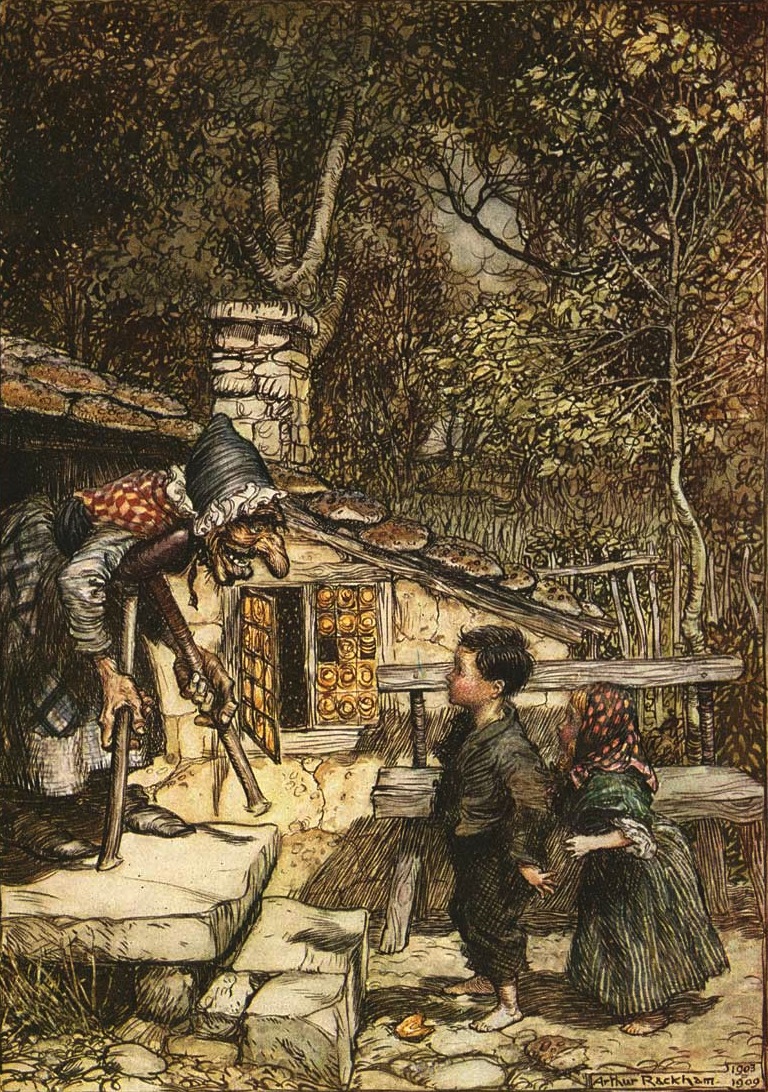It’s beginning to taste a lot like Christmas: mulled wassail, peppermint canes, and—my own personal favorite—warm, sweet gingerbread. Now’s the season where you can bake soft gingerbread squares in hot lemon sauce or buy packaged gingerbread men. There are gingerbread house competitions and even the local grocery stores sell pre-made gingerbread house kits with packets of melted sugar and candy bits. It’s an entire season of warmth and spices and we have our favorite fairy tale delinquents to thank for this gloriousness.

I’m talking, of course, about Hansel and Gretel. Historians believe that the tradition of gingerbread house baking began in Germany in the early 1800s, shortly after the Brothers Grimm collection of fairytales was printed. Contained in this collection (1812, 1857) is “Hansel and Gretel,” the story of brother Hansel and sister Gretel who are left to starve in the forest. In the forest, they find a Witch’s candy house: “[…] when they came closer, they saw that the little house was built entirely from bread with a roof made of cake, and the windows were made of clear sugar.”

The publication of “Hansel and Gretel” led to the rise of houses made of lebkuchen, “spicy cakes often containing ginger” (aka, our modern day gingerbread). Artists and craftsmen would then be employed to decorate these lebkuchen houses with sweets and icing. Sometimes they would even use gold leaf to decorate these houses. These houses rose in adoration, especially over Christmas time, and when German immigrants came to America, its popularity exploded in the New World. Not surprising, really, since the fairy tale candy house was so delicious that Hansel and Gretel immediately started to eat it all up.

So this December, when next you see a gingerbread house with its peppermint arches and gumdrop pavers, think on “Hansel and Gretel” in all its incarnations…and how much our tastebuds owe to it.
